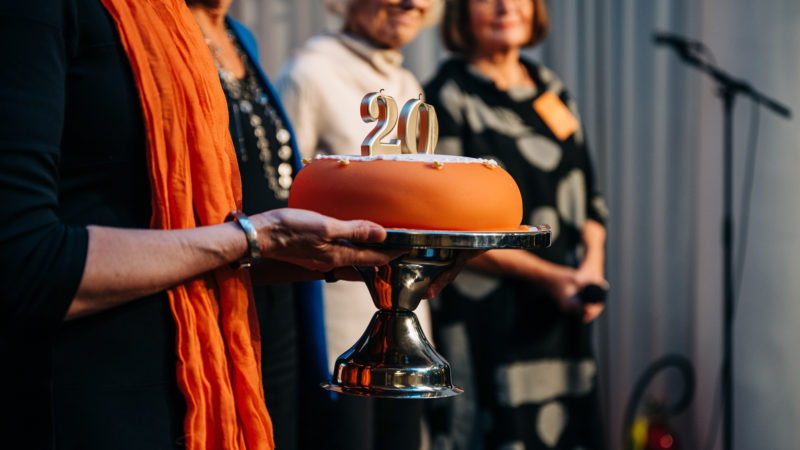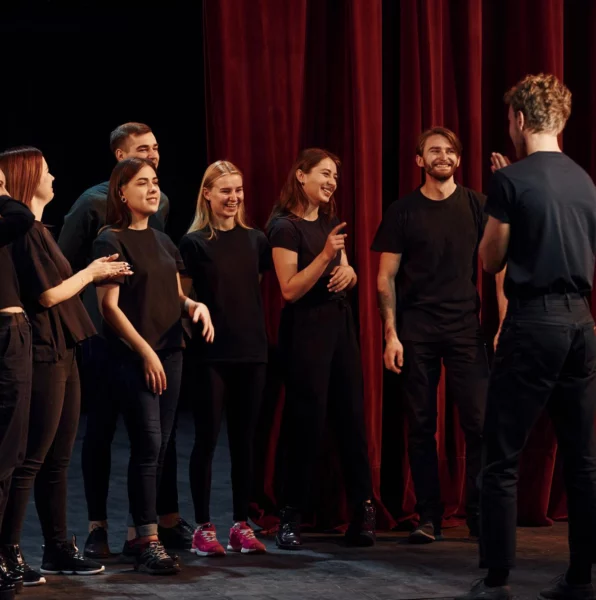The research and policy worlds are disconnected, says Taylor Scott, a researcher at the Evidence-to-Impact Collaborative. To facilitate evidence-based policymaking, she developed an intervention that brings scientists and policymakers together, optimizing science communication for better quality legislation.
“Most policymakers want a global perspective”
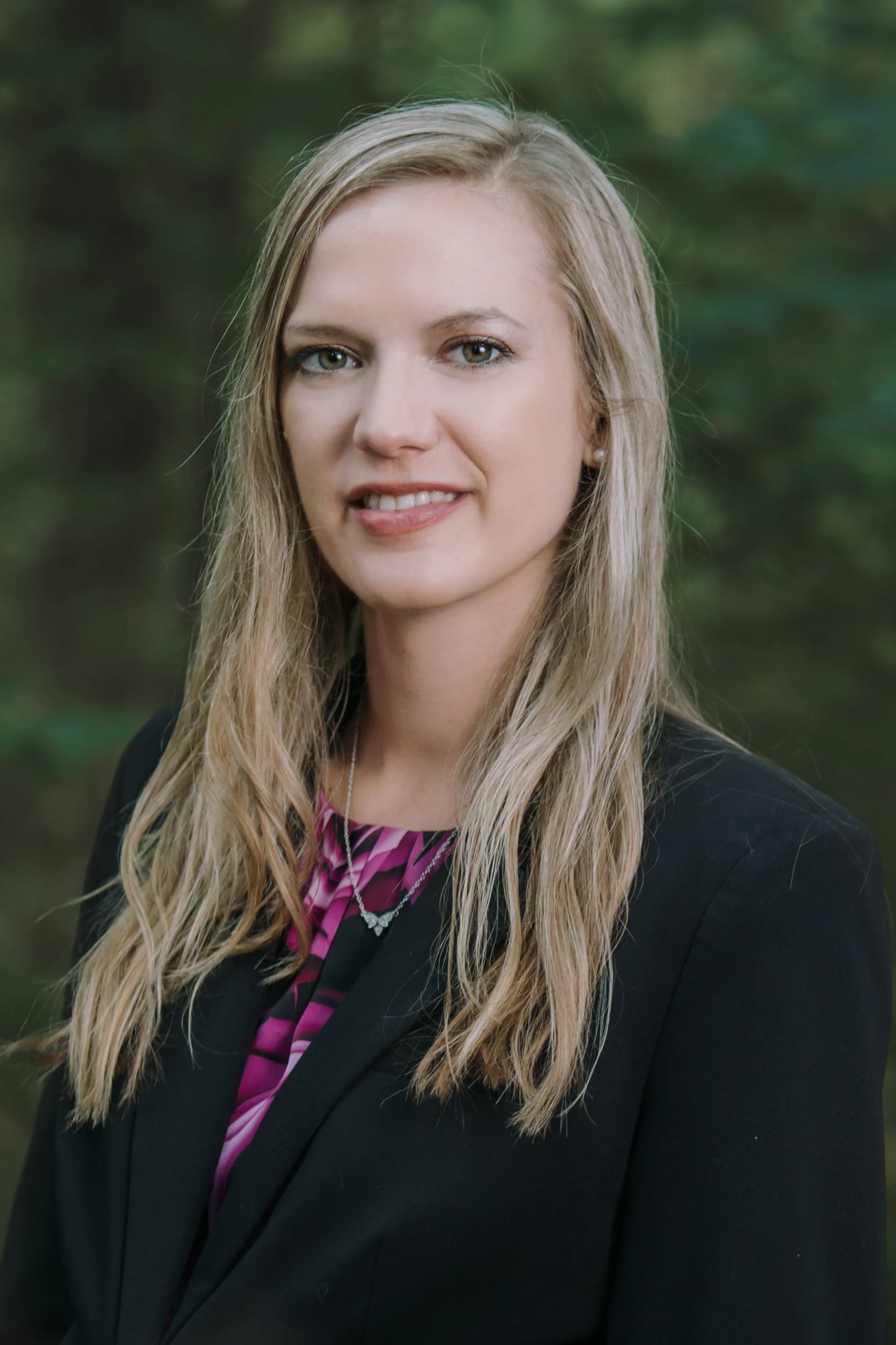
In a recent study you test an intervention to improve the communication between scientists and policy makers. You measured US state legislators’ use of research language in social media posts during the COVID-19 pandemic after a targeted intervention via email. What did you find?
The work that our research group did with congressional staff really began before the pandemic. We were able to understand their goals and priorities well before they were drowning in a public crisis. Our work at the time was lots of in-person meetings, handshakes, and the question of how to connect these two worlds. Then we had to pivot really quickly because we were in a world where we’re all distanced and in a time of crisis.
We were able to mobilize the scientific community to write factsheets that related to the interests of our legislative partners, for example about domestic violence or substance abuse prevention, issues also influenced by the pandemic. For example: What do you do with overdose rates climbing in homes when people are not as connected? The researchers were the ones who sent those fact sheets to state lawmakers across the country. We randomized which legislators received fact sheets and which ones didn’t. What we found is that the ones that received them were more likely to use research language in their social media posts about the pandemic.
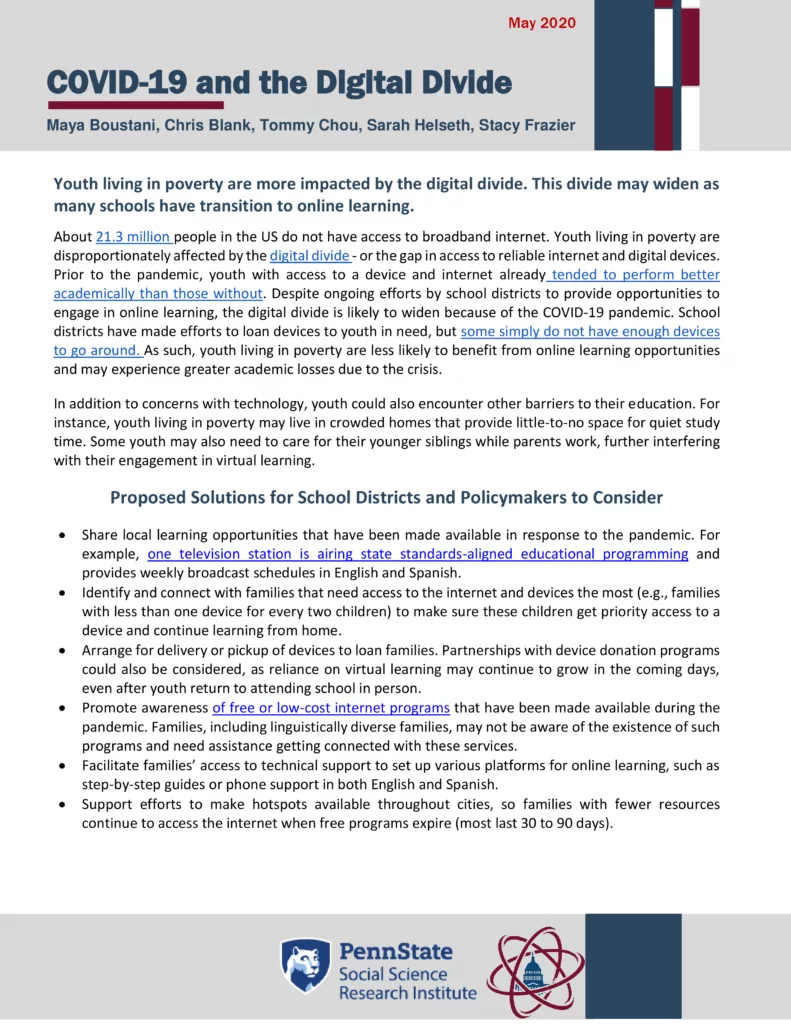
How was the intervention received?
The researchers overwhelmingly received positive replies. We saw lots of requests for follow up meetings or for answering questions. It did support the theory that more connections and direct contact between the worlds of research and policy will help to improve how evidence is being used in applied decision making. In this situation, the research synthesis was used to initiate and develop further interactions around using research in policy.
Why is there usually so little overlap between lawmakers and researchers?
The worlds of policy and research are operating in relatively distinct spheres. We have different communication styles, decision making patterns and norms that characterize the spheres. There’s no infrastructure to bring these audiences together. The work I do provides a public service by supporting lawmakers’ relationships with trusted sources of information, and it begins by understanding what they need and want to work on. Only then can we provide timely and relevant research evidence that corresponds with their existing initiatives.
How do scientists get involved in policy?
You can think about different types of roles that scientists play. Some act as activists or advocates for specific issues. Sometimes that can be construed in political terms and aligned with political agendas. Scientists can also serve in an advisory role by acting as an “honest broker” who supports policymakers’ goals while trying to remain neutral in deriving implications or recommendations.
It’s important to recognise that the scientists as advisors and as activists have different audiences. The audience of an activist, let’s take Bill Nye, for example, who is leading the March for Science is considered to be aligned with a certain type of political motivation. But his audience is not actually the legislators themselves. It’s the general public. So, it’s a political pressure tactic geared more toward building momentum with voters as opposed to directly convincing themselves. If the audience is policymakers themselves, who we hope will use research evidence in current policy initiatives, pressure tactics may backfire.
Based on this study and your previous research, what are best practices for scientists and science communicators who want to reach policymakers?
My number one advice that I offer to my colleagues is that it’s not sufficient to just write a factsheet and let it sit on a dusty shelf. The way that we designed this intervention was that we invited an interactive connection between the researchers and the policymakers. And so I would argue that meetings and connections are a better indicator of success and quality of engagement than a published product. That is honestly hard to hear for some of my colleagues because the latter is what counts the most in their CV’s. But ultimately, those print products don’t always necessarily get used. I’m not saying that the conversations always get used, but our studies are showing that they might matter more than anything we write.
Another important piece of advice is that researchers are going to have the clearest message for policymakers when they rely on a body of evidence. And that’s because we can be a lot more straightforward in communicating about what the weight of the evidence says, as opposed to nitpicking the issues and limitations of a single study. And in my experience, most policymakers want that more global perspective anyway. I think that’s one of the reasons why we see more traction with policymakers changing the way that they think about issues. We call that a conceptual use of evidence.
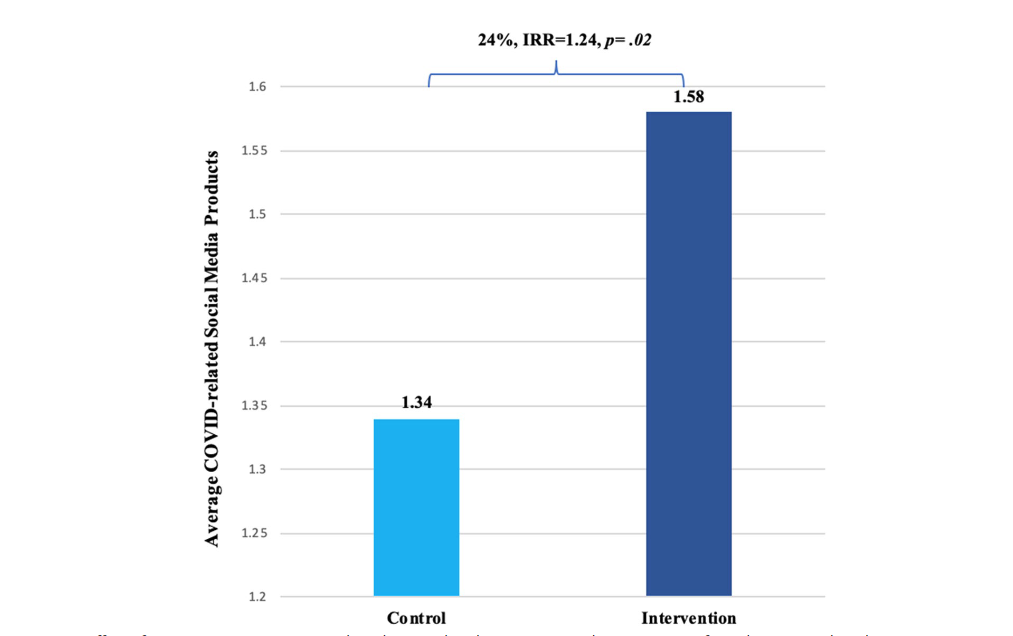
Scientists face a lot of constraints on their time. How can their capacity for engaging with policymakers be increased?
We’re really interested in developing better infrastructure in this area. At the moment I think about infrastructure as what are the skills and staffing capacity to be able to facilitate these kinds of connections and the transfer between research and policy. It also includes how we catalogue which researchers are doing what so that we’re able to contact the right people at the right time. Infrastructure also may be things that help researchers communicate with one another or help them to better navigate the policy arena, especially since there’s not enough time to do these things. The best we can do is to try to make it as efficient as possible. Researchers have full time jobs, writing papers and grants, and so on. So, the infrastructure should also include that sort of administrative bedrock of how to facilitate and do all of the legwork so that they can just show up at the right time.
In one of your articles you write that bills that referenced scientific evidence were over three times more likely to be enacted into law than bills that did not. Can it happen that pseudoscience or bad quality research is misused to legitimize bills?
It certainly could. I would say that the state of the science in this field has not quite determined efficient measures that would indicate the appropriate use of evidence. This would require in-depth coding of the claim alongside corresponding research. Based on my practical experience, most lawmakers are not citing their sources, for example. So how do you verify that what they’re saying is true? All of that is conceptual ground that we’re still trying to work out as a field in terms of what it means to evaluate the quality of how evidence is used.
How do journalists and the media factor into the science-policy-equation?
The media is highly relevant. I think there’s a need for similar initiatives that span the boundaries between science and science journalism. Policy and journalism initiatives could be complementary. The number one source of information for a policymaker is the news. Their constituents get a lot of their information from the news as well. And so the news itself is a really important motivator for how policymakers define problems from the start. I do think that there’s some benefit in bringing these actors together.
Further reading
Scott, J. T., Collier, K. M., Pugel, J., O’Neill, P., Long, E. C., Fernandes, M. A., … & Crowley, D. M. (2023). SciComm Optimizer for Policy Engagement: a randomized controlled trial of the SCOPE model on state legislators’ research use in public discourse. Implementation Science, 18(1), 1-13.

